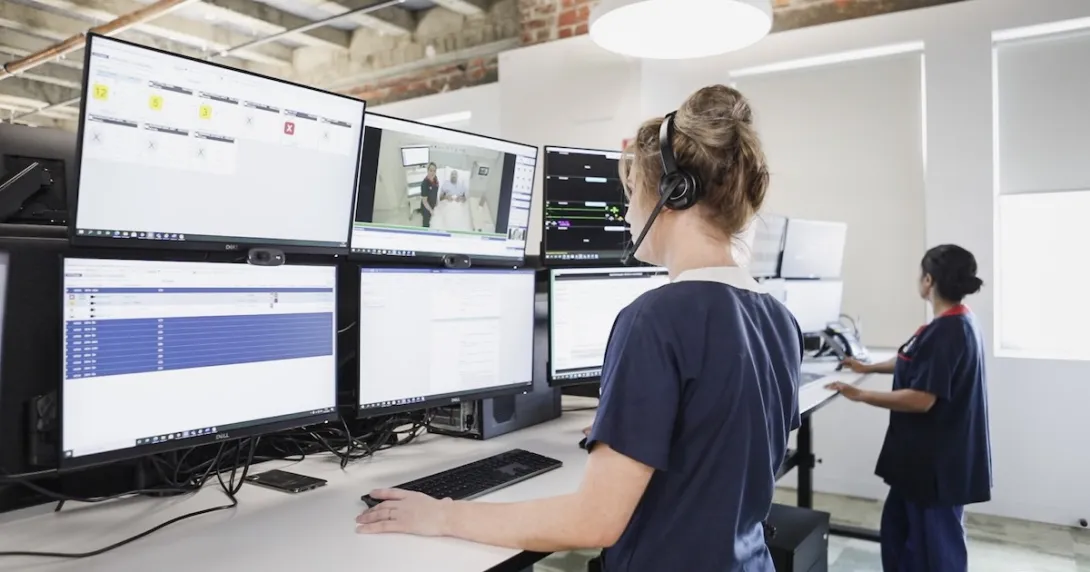
A remote patient monitoring system implemented at Eastern Metropolitan Health Service in Western Australia has been found to greatly reduce ICU hours and hospital costs.
Royal Perth Hospital (RPH) conducted a study evaluating the clinical and economic impact of the Health in a Virtual Environment (HIVE) service.
The service, first introduced at RPH in 2020, also runs at Armadale Health Service.
At its core is a command centre enabled by Philips IntelliSpace Critical Care and Anaesthesia and eCareManager platforms. The command centre livestreams patient vital signs, continuously assesses their risk through machine learning-based algorithms, and maintains remote communication with bedside teams. Through AI and continuous data analysis, the cockpit can also detect early warning signs and provide alerts for timely intervention.
FINDINGS
The study observed 288 scoliosis patients who underwent spinal surgery. These patients required intensive post-operative monitoring in ICUs.
According to the researchers, since placing them on HIVE, the patients have spent around 17 fewer hours in the ICU on average, down 69% compared to those monitored in the traditional setup.
They also found no increases in hospital length of stay, emergency readmissions, or hospital-acquired complications.
The reduced ICU hours saved A$2,682 (around $1,700) per patient, based on the study's cost-effectiveness analysis.
Findings have been published in the journal Anesthesia & Analgesia.
WHY IT MATTERS
ICU care reportedly costs the Australian health system A$2.1 billion ($1.4 billion) annually.
The RPH study highlights the potential of the HIVE model to save ICU resources by allowing suitable critical patients to recover safely in general wards. It has also helped prevent cancellations of elective surgery due to bed shortages.
"The key to HIVE’s success has been the seamless integration of people, process, and technology," Dr Kevin Trentino, study lead and the manager of Research and Evaluation with Community and Virtual Care at EMHS, was quoted as saying in a media release.
THE LARGER TREND
Outside Australia, a private hospital in Taiwan has set up an integrated ICU system that has seen an overall 4% mortality reduction since its implementation. The scalable and adaptable system at China Medical University Hospital combines AI, telemedicine, and AIoT.
